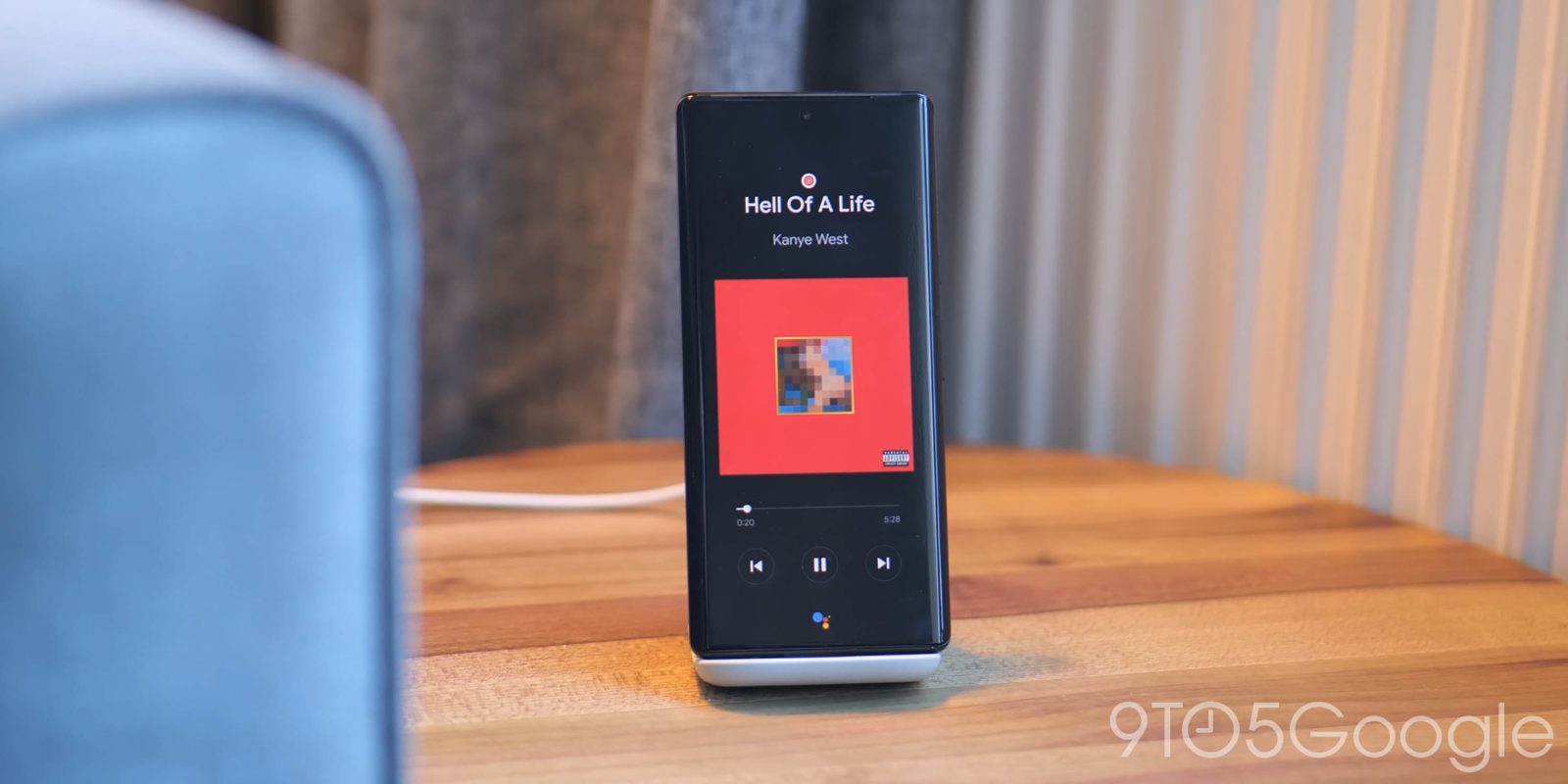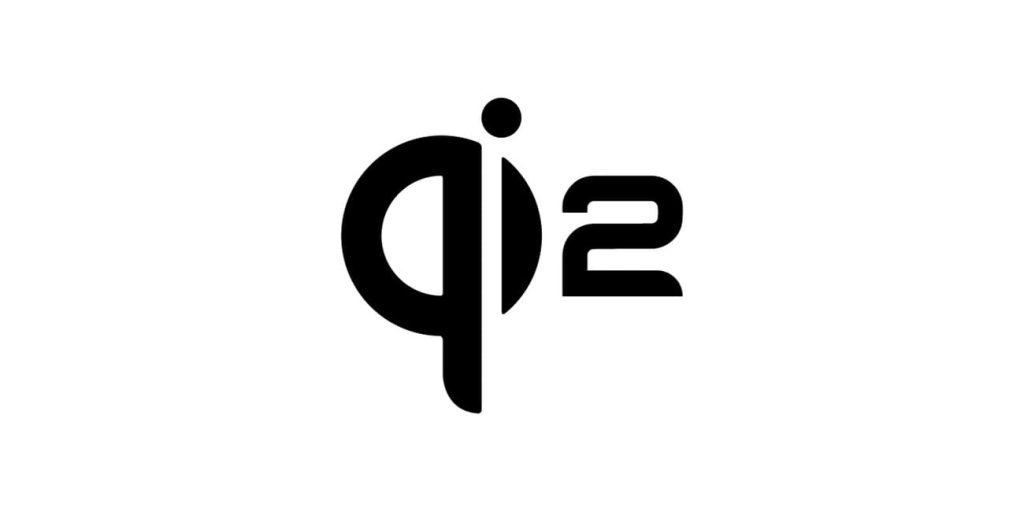
Wireless charging was, years ago, a niche feature that was rarely found or used. But in 2023, the feature is now equipped on almost every major smartphone release, and has picked up widespread placement in many areas of modern life. But according to some folks, “No one uses wireless charging.” Do you?
Qi wireless charging, the standard that’s thankfully been left pretty much as the only option for this tech, got its start back in 2008. It was pretty famously used in some webOS products, such as the Palm Pre in 2009. But, for more mainstream smartphones, the feature really didn’t take off until around 2012.
That year saw the Nokia Lumia 920 adopt the tech, as well as Google’s Nexus 4, and Samsung also offered an official accessory that added wireless charging to its Galaxy S3. That’s also the year I remember modding my Nexus 7 and Galaxy Nexus with third-party wireless charging accessories, because I was instantly in love with the idea.
But for a while, the feature remained pretty much a niche, showing up on some Android phones but not all of them, and Apple was ignoring it at the time, too. Slowly, it expanded to more devices, with Samsung leaning more heavily on the feature in the Galaxy S6, Google continuing to include it in Nexus phones (before later leaving it out on Pixel and Pixel 2), and other brands such as LG also including it.

The first iPhone with wireless charging was 2017’s iPhone 8 (and the iPhone X) and, whether you like it or not, that’s really when the tech took off.
Top comment by Connor DC
I use it occasionally, but it is by no means essential. If I had to choose between fast charging or wireless charging, I take fast charging.
Apple’s adoption of Qi led to an explosion in accessories, as well as much wider use of the feature in Android smartphones. At this point in 2023, you can find wireless chargers embedded into furniture, throughout airports and similar public locations, and Apple heavily leaning on wireless charging for its “MagSafe” technology. Qi2 is also on the horizon, which will result in Apple’s neat magnetic connection coming to Android phones.


Yet, there are still some brands that hold out on the tech. OnePlus is the most recent example of that, leaving wireless charging out of the $1,699 OnePlus Open foldable due to weight and thickness concerns. When asked about the removal, OnePlus is also quick to point out that its 67W fast charging negates the need for wireless charging in the first place, which is a pretty lame excuse given that’s not the point of wireless charging anyway.
Wireless charging is, and always has been, a convenience feature. And in 2023, it’s on that’s expected on any high-end smartphone. Some will argue, though, that “No one uses wireless charging,” and that fast charging is better, somehow acting as is the two features are mutually exclusive. It’s an argument I just don’t get, but that’s a conversation for another day.
The question right now is, do you use wireless charging? Personally, I use it daily, and have several wireless chargers throughout my home just because it makes topping off my devices so much easier.
More on Smartphones:
- The OnePlus Open has an IR blaster, and so will the OnePlus 12 [Gallery]
- Google Pixel 8 Pro Initial Review: It’s all coming together
- I’m a diehard Android user, but here’s what I liked and hated about iPhone 15 Pro after day one
FTC: We use income earning auto affiliate links. More.



Comments